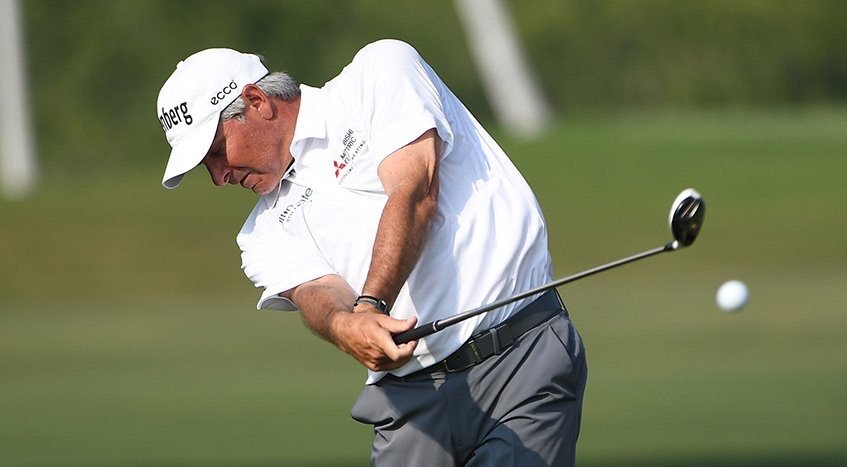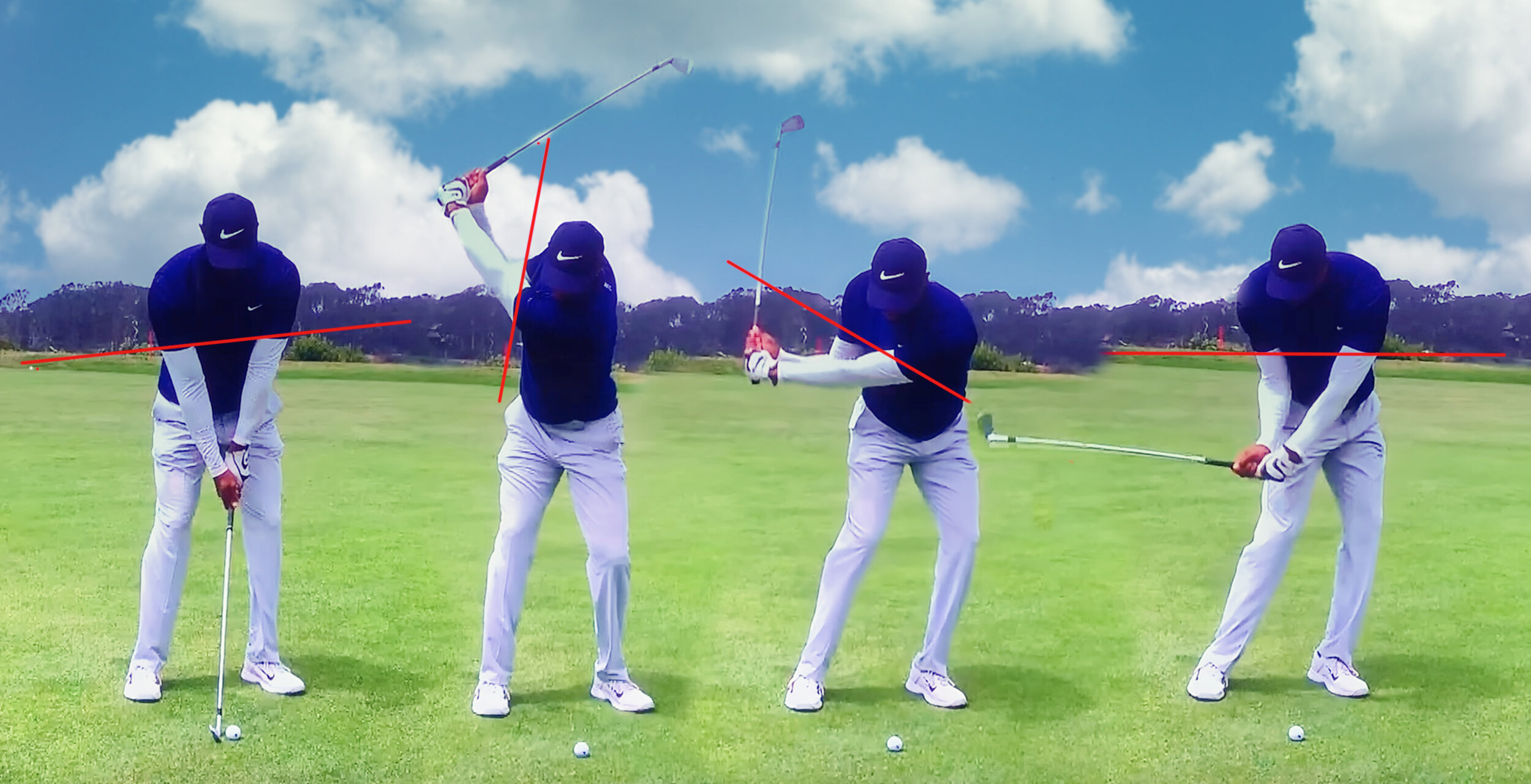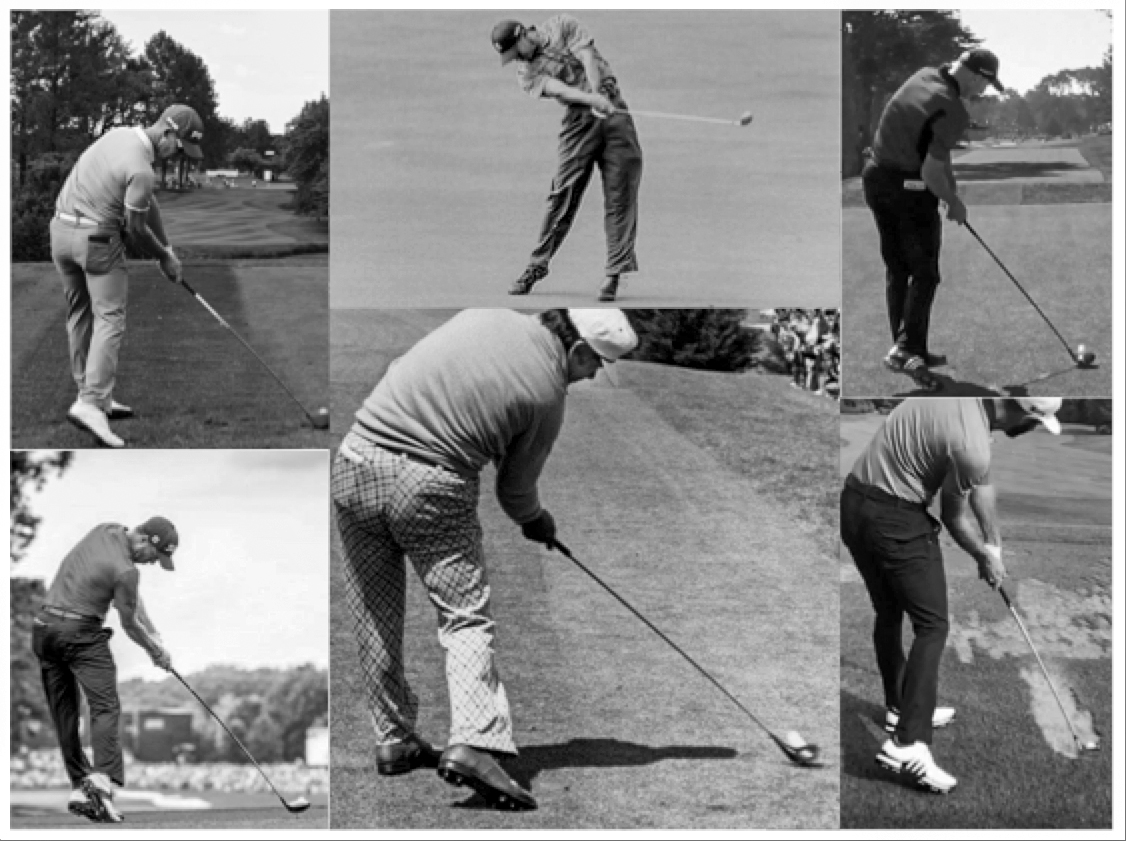The Release! What it Should and Shouldn't Be.
/I encounter many golfers who are unconsciously trying to manipulate the club face through impact in an attempt to keep the face square and the ball on line. They have a sense that holding the face off will somehow keep it square through impact. I get it, but the message I’d like all to get from this article today is that holding off when it is not required simply doesn’t work. In fact, I’m of the opinion that holding the face off actually decreases the golfer’s ability to control the face angle at impact. Watch this for a better understanding…
Here are a few notes to take away:
In the downswing the club face is always closing relative to the target. This is purely a function of the rotation inherent to the swing.
The release starts long before impact and is strongly influenced by the face angle in the early part of the downswing. An open face will encourage an early release, while a closed face will delay the release.
The lead wrist goes from flexion (bowed) to extension (cupped), while the trail wrist does just the opposite, just the same as if you were throwing a frisbee with your lead hand and a ball with your trail hand.
Semantics: a scoop is when a player adds loft and a flip is when a player is required to speed up the rate at which the face is closing.
Try the little exercise I demonstrated with the magnetic club face indicator. Start with one hand for a few swings and then add both for a few swings. Pay attention to how quiet the face actually is through the impact zone. Don’t swing too hard with the indicator on the club face or it will go flying! In real swings the feel should be that you are letting the wrists and clubhead fly in the downswing and through the strike. Throw it - hard!
Thanks for watching and please shout if you have any questions or comments. Happy Holidays from myself and my family to you and yours.












